Database Reference
In-Depth Information
let
sectionInfo =
fetchedResultsController
.
sections
!
[section]
as
NSFetchedResultsSectionInfo
return
sectionInfo.
numberOfObjects
}
The number of sections in the table view corresponds to the number of sections in
the fetched results controller. You may be wondering how this table view can have
more than one section. Aren't you simply fetching and displaying all
Teams
?
That's correct. You will only have one section this time around, but keep it in the
back of your mind that
NSFetchedResultsController
can split up your data into
sections. You'll see an example of this later in the chapter.
Furthermore, the number of rows in each table view section corresponds to the
number of objects in each fetched results controller section. You can query
information about a fetched results controller section through its
sections
property.
Note:
The
sections
array contains opaque objects that implement the
NSFetchedResultsSectionInfo
protocol. This lightweight protocol provides
information about a section, such as its title and number of objects.
Implementing
tableView(_:cellForRowAtIndexPath:)
would typically be the next
step. A quick look at the method, however, reveals that it is already vending
TeamCell
cells as needed. What you need to change is the helper method that
populates the cell.
Below
cellForRowAtIndexPath
, re-implement
configureCell
:
func
configureCell(cell:
TeamCell
, indexPath:
NSIndexPath
) {
let
team =
fetchedResultsController
.
objectAtIndexPath
(indexPath)
as
Team
cell.
flagImageView
.
image
=
UIImage
(named: team.
imageName
)
cell.
teamLabel
.
text
= team.
teamName
cell.
scoreLabel
.
text
=
"Wins:
\(team.
wins
)
"
}
This method takes in a
TeamCell
object and an index path. You use this index path
to grab the corresponding
Team
object from the fetched results controller. Then you
use this Core Data object to populate the cell's flag image, team name and score
label.
Notice again that there's no array variable holding your teams. They're all stored
inside the fetched results controller and you access them via
objectAtIndexPath
.
It's time to test your creation. Build and run the app. Ready, set and... crash?











